This post, “Hart Skis” is a memoir written by Aethan Hart in January 2021.
Hart Skis
Winter in Duluth lasts an extremely long time. I remember it snowing in April, just like the song by Prince. In shady areas under the WPA constructed wall near the Chester Creek Bridge, there would be a few small piles of snow in early June. When you are a young person, winter provides many opportunities for recreation. As one chronologically advances, winter presents the fear of falling and being cold.
My earliest memories of wintertime are sledding on a road through the woods. The road was not paved, but in the non-winter it was earth with grass growing between two ruts. It was an access road for construction of the ski jumps, Big Chester and Little Chester. The track was really an unpaved extension of Chester Parkway. The City of Duluth did not plow it, that was up to the volunteers from the Duluth Ski Club who constructed the jumps. I think my father earned some level of respect from the Club for insisting that the gravel portion of the road to our house was plowed by the City.
I first traveled that road when I was four years old with a red wooden sled featuring a piece of rope clothesline on the front to pull it. On many crisp, clear and cold winter days, my mother and I would trudge up that road, into the woods. It was not a wide path, barely adequate for a pickup truck to pass through the trees. It was enough space for the Harts to pull my sled and a toboggan which my father acquired when he realized that as I grew, my sled was too small for my mother and me to safely occupy on our sliding experiences.Â
I learned from an early age that national champion skiers trained on the towering ski jumps. Several went on to the Olympics, which was a great source of pride for someone living in the shadow of Big Chester.
Our sliding adventures began when reaching the end of the road, my mother and I would climb on the sled next to one of the concrete footings that supported the steel frame on of the wooden ski jump.  The top of the ski jump was over 100 feet above our scarf and hat wrapped heads and my mother, a visual artist said we were underneath a giant dinosaur. Big Chester was also a landmark to me growing up. When on a family trip to Park Point, I could always see the head of Big Chester and I knew my home was right underneath that idol with a wooden head.Â
To start our slide, I would give us as much of a push as my small legs would allow and jump on the red sled and hang on. My mother would steer with her feet. I now realize that her growing up in New York City did not prepare her for this sledding on the tundra, but she was a fast learner.
We would sail down the hill, the runners of the sled which she had waxed with canning wax made a swishing sound in the pure winter air. We’d have a good rate of speed going as we neared our house, and her goal was to make a turn into our small driveway without tipping the sled. I always thought the sled on its side was the more fun, but she wanted to make that turn and remain upright. We would make a few runs on that road and when cold became a factor, went inside our house for hot chocolate, made from powder in a can my mother said came from Europe.  Little did I know that that one day, I would be carrying skis up that same narrow road, walking under the ski jumps, not to fly, but to downhill ski.
Slipping and sliding
Chester Bowl continued to be a part of my family’s winter recreation program through grade school. I went skating on the frozen and uneven pond with my father, sliding on waxed cardboard with both parents and hiking through the woods in all seasons. At age five, I caught my first fish, a trout with my Eagle rod, reel and hook on the pond during a sunny spring morning.
When I was in junior high, a portion of the woods around the pond was cleared to create a downhill skiing area. My friends had skis and I wanted to be included. My father bought me a pair of used Hart skis at the Ski Hut. The innovative metal skis were made in St. Paul, Minnesota. I thought it was pretty cool to have skis with my last name on them. He also had my name engraved near the bindings into which I placed my lace up Kastinger ski boots. When I looked down at my skis before going downhill, I saw my name twice. It gave me a sense of confidence, which I really needed.
The first year on the new hill there was no rope tow, or chair lift. We stood in a horizontal position and packed up the hill one ski after another till we got to a point to ski down. Since I was learning, this was a good plan since it strengthened my legs, allowed me to go a short distance and groomed the hill as well. I learned to snowplow with my skis and later that winter actually used my ski poles to make turns with my skis close together. We’d ski at every opportunity. There were no lights on the hill, but we would be on the snow nearly every night. We did not have driver’s licenses yet, so our recreational opportunities were limited. However, we could all walk to Chester Bowl and ski.
There was a building built in the 1930’s where we could warm our cold feet and hands. As we sat on the wooden benches with our feet on the dark wooden floor the ski jumpers would come in from Big and Little Chester and make fun of us. “You are not real skiers like us†they would shout. The jumpers did not picture any future Olympians among the downhill and cross-country skiers. We however had worldwide aspirations as we set up our bamboo poles with flags for our downhill ski races.
I lived the closest to the ski area and when I walked that same road at night that my mother and I had enjoyed sledding I remembered the speed and excitement. Now, I had a different level of speed on my Hart skis and the promise of more excitement and fun during those long Duluth winters.My ski learning was accelerated, because after walking under two ski jumps, I was at the top of the skiing hill. I had to get to the bottom, and I had to use all the skills acquired packing up that hill to make a successful downhill run. I fell more than once but having this forced ski test made me really learn how to turn very quickly. It was a lot like my New York City mother’s education in steering the red sled. The rudiments of maneuvering on ice and snow were imprinted on my mind from an early age. I successfully transferred those skills on a minimal level to the Hart skis.
At some point, my friends deemed me good enough to go to a real ski hill, Mont Du Lac, located outside of Superior, Wisconsin. We were not old enough to drive, but a fellow Duluth Central Band trombone player, Dave Olsen, had a driver’s license as well as access to his family’s Rambler station wagon. This station wagon was very handy for us to load up our ski equipment and ramble across the High Bridge to Wisconsin.
I was excited when we arrived at the Mount. My friends gave me a quick lesson on how to ride the T-bar. I was supposed to sit on a piece of wood attached to a pole on a cable, which concerned me, but of course as a teenager, I thought I was invincible. I was told that if I kept my skis on the ground, the T bar would pull me up the hill.
Unfortunately, on my first attempt to get on the T-bar, I fell, and my ski caught on the wooden seat. I was dragged up the hill for twenty feet. This was very embarrassing for a teenaged boy. Despite our minimal skiing skills, we were trying to impress girls we might meet at the ski area. I was untangled by one of the workers and helped onto another bar. They tied a red ribbon on the bar I had gouged with my Cubco bindings (marketed in the 1970’s, as the most reliable release ski binding) so that nobody else would ride it that day. That was a constant reminder of the not positive attention during my visit. I had successful rides to the top after that first disaster and enjoyed skiing on a variety of hills the rest of the day. After that episode, my friends called me Hartski.
Grab the Rope and I’ll Pull You In
The second winter I skied at Chester Bowl, a rope tow was installed, not a T-bar, much to my relief. My fellow skiers and I took Basic and Advanced First Aid classes taught by a National Ski Patrol instructor. We became the first members of the Chester Park Ski Patrol. And, unlike the jumpers, our crew included girls. Our responsibilities were to check for tickets to ride the tow, be able to shut the tow down if a young skier fell on the ride up (I had experience in that) and tend to any injuries. In fulfilling these duties, we skied for free.
Skiing made those long Duluth winters fly by as we flew down the hills of Chester Bowl. I did not matter if it was below zero. The lure of the hill always got us on our skis. Hart skis for me…
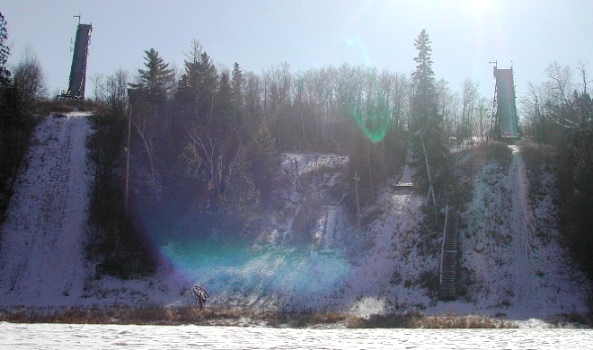
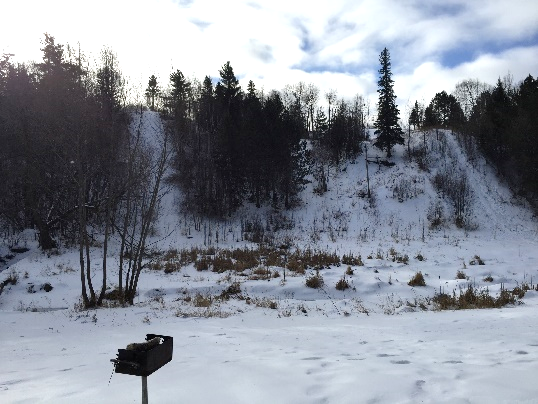
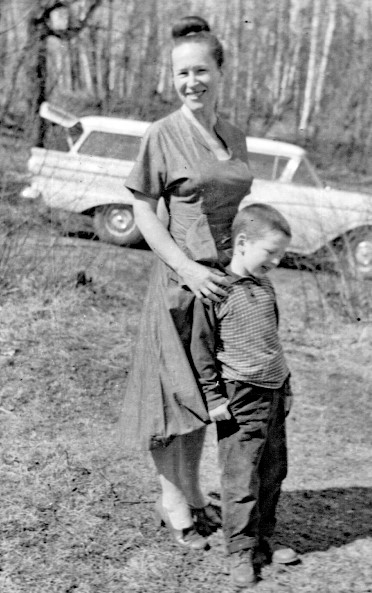

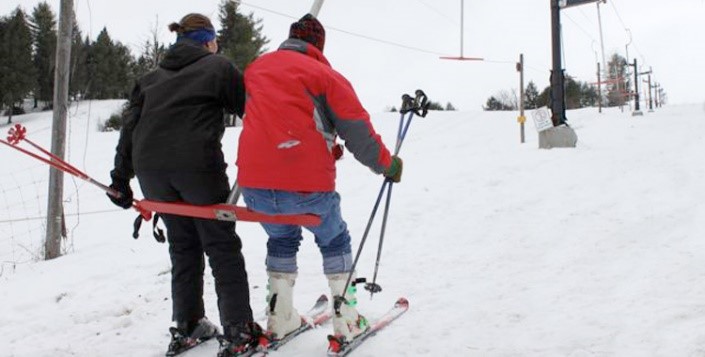
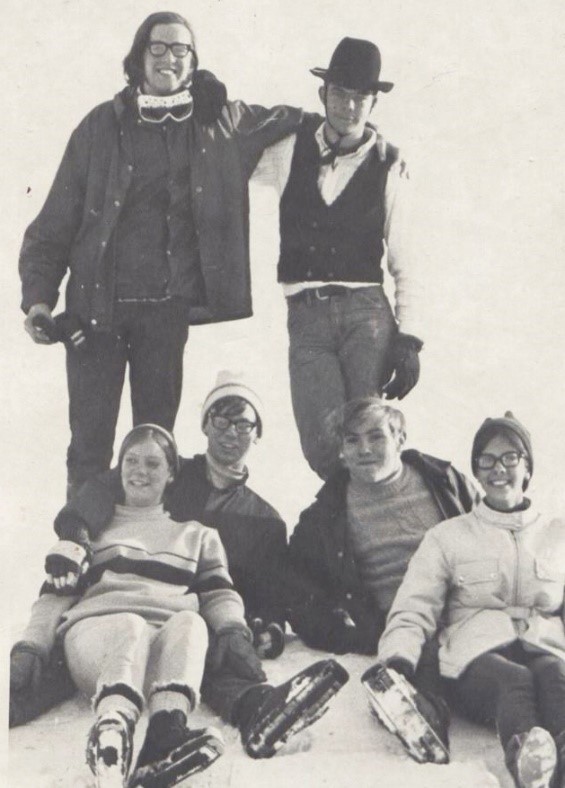
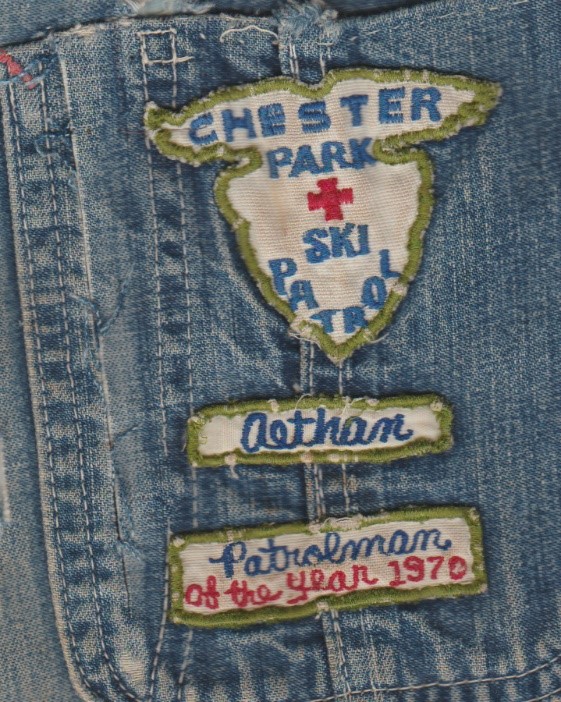
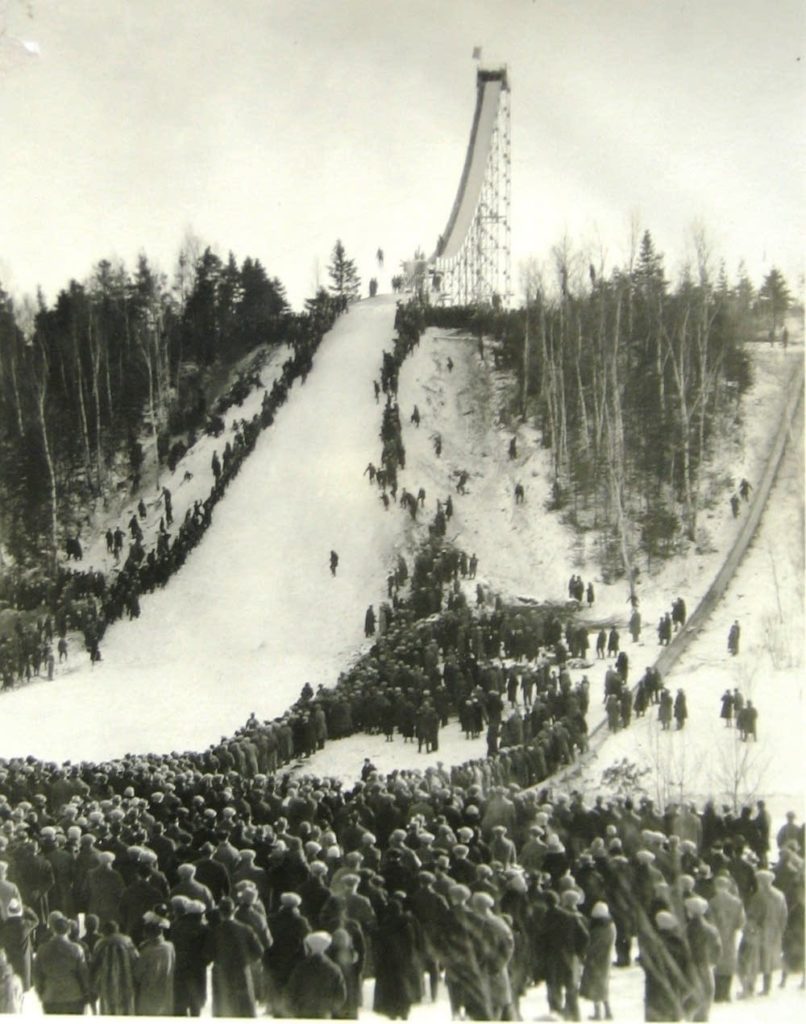
You can see a few more pictures at this link!
